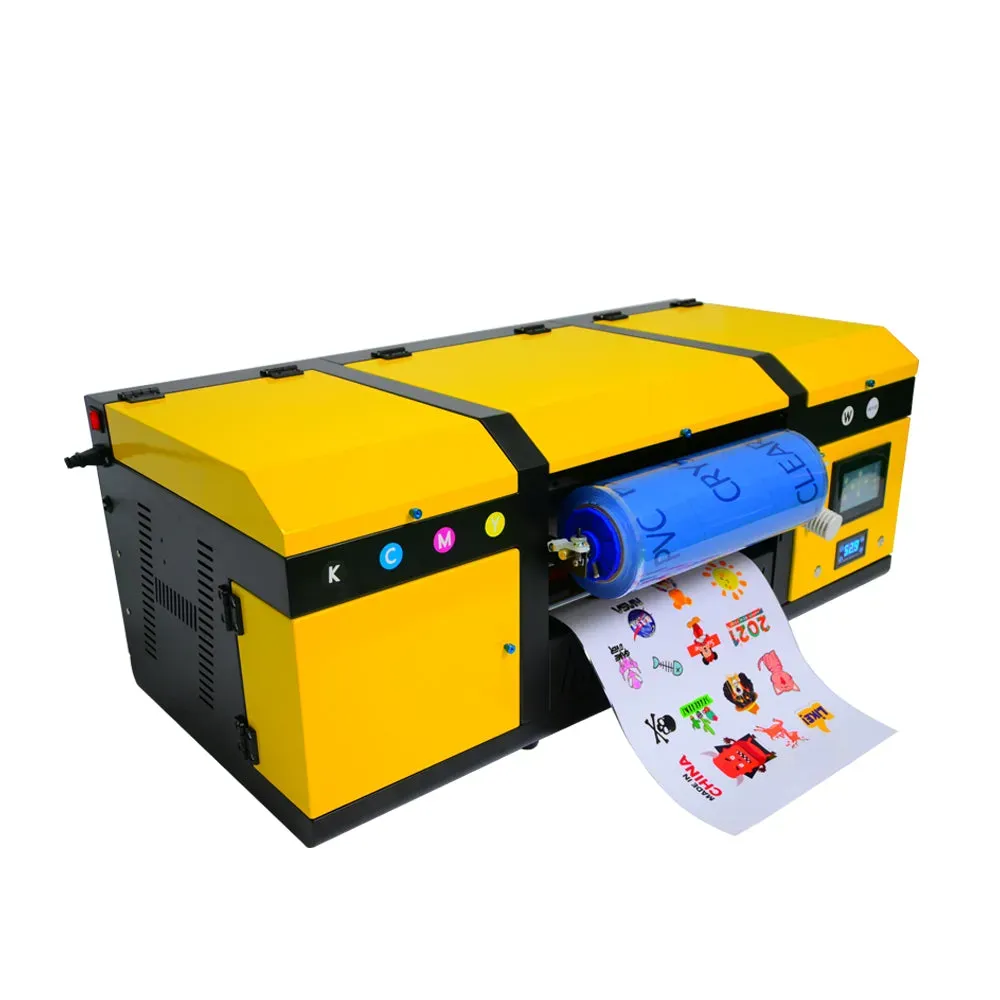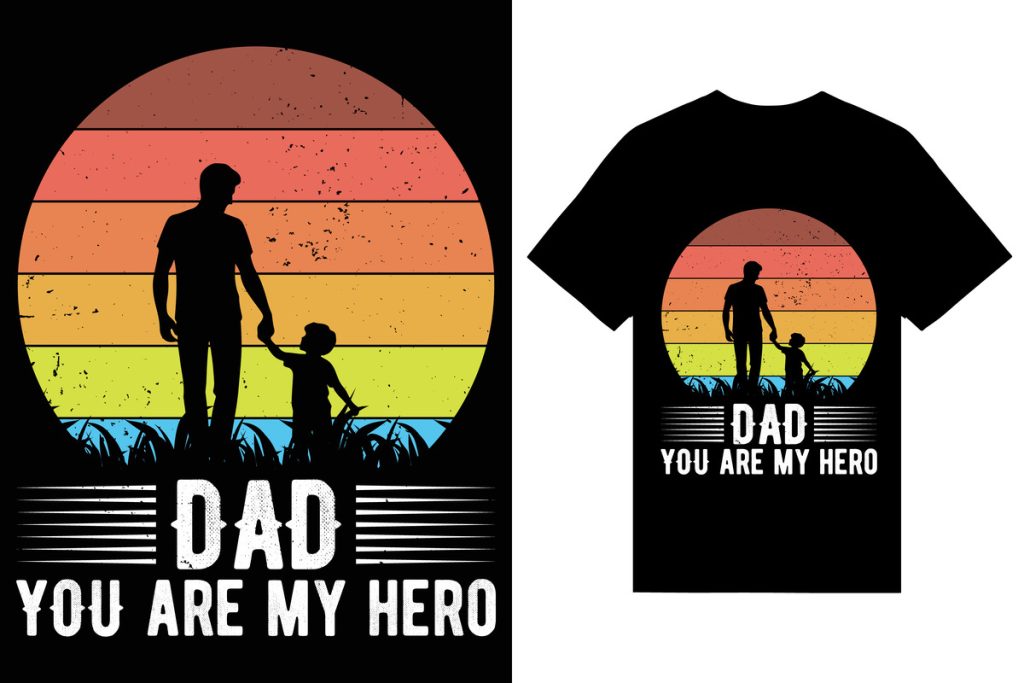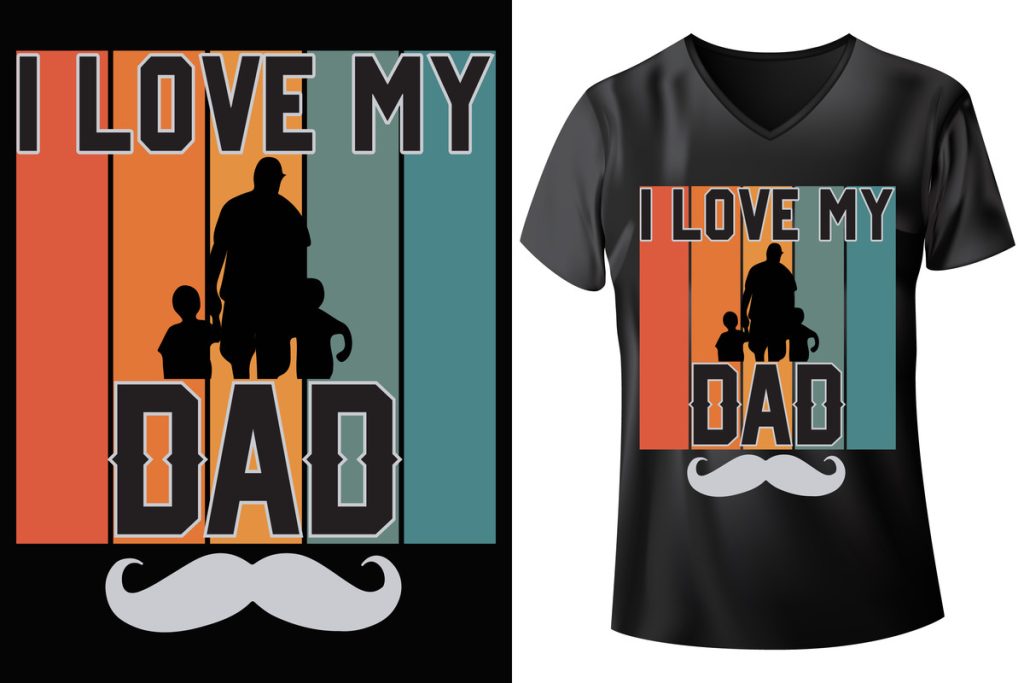In the realm of modern printing, UV DTF printing has emerged as a transformative technology, captivating businesses with its innovative capabilities. Unlike traditional printing methods, this technique utilizes ultraviolet light to instantly cure inks, resulting in exceptional print quality that showcases vibrant colors and intricate designs. As the demand for high-speed production increases, UV DTF printing stands out for its remarkable production speed and cost efficiency, making it ideal for businesses looking to meet tight deadlines without sacrificing quality. Moreover, the application versatility of UV DTF allows it to adapt to a broad range of substrates, from textiles to plastics, expanding creative possibilities for marketers and designers alike. As we explore the differences between UV DTF printing and traditional printing approaches, it becomes clear that the future of printing lies in embracing these advanced techniques that redefine industry standards.
When considering advanced printing methods, UV DTF printing—often regarded as ultraviolet direct-to-film technology—offers a modern alternative that outshines classic techniques. This innovative approach, which rapidly cures inks using UV light, not only achieves superior print quality but also enhances production speed. With decreased waste and faster turnaround times, businesses can enjoy enhanced cost efficiency, vital for meeting contemporary market demands. Furthermore, the flexibility in applications is a compelling advantage, allowing wide-ranging uses across various materials. In this discussion, we will delve deeper into how UV DTF printing compares to more traditional forms like screen and offset printing, illuminating the unique benefits that make it a popular choice today.
Benefits of UV DTF Printing
UV DTF printing has emerged as a transformative technology in the printing landscape, providing businesses with remarkable advantages. The most significant benefit is the unmatched print quality it offers, allowing for vivid, vibrant colors that can withstand the test of time. This method’s ability to produce intricate designs makes it ideal for high-end graphics and apparel, catering to a market that increasingly demands detail and perfection. Furthermore, the instant curing process ensures that prints are durable and ready for use without lengthy drying times, which is a game-changer for businesses operating on tight schedules.
Additionally, UV DTF is not just about quality; it also excels in versatility. This printing technique can be applied to a multitude of materials, including but not limited to textiles, plastics, and non-porous surfaces. Such adaptability opens new markets for businesses looking to diversify their product offerings. Whether creating promotional materials or custom merchandise, UV DTF can accommodate various substrates with ease, thereby expanding its application and enhancing overall productivity.
Comparing UV DTF and Traditional Printing Techniques
When evaluating UV DTF printing against traditional printing methods, the differences are clear. Traditional techniques, such as offset and screen printing, have long been staples within the industry; however, they tend to fall short when it comes to print quality for complex designs. For instance, traditional screen printing may limit color choices and detail, impacting the overall visual impact of the final product. In contrast, UV DTF’s advanced curing process and technology allow for greater intricacy, which is crucial for businesses aiming to captivate their customer base.
Furthermore, the field of traditional printing often requires extensive setup before production can commence, making it less efficient for smaller runs. While it may be cost-effective for larger orders due to economies of scale, the limitations in speed and flexibility could hinder a business’s competitiveness in today’s fast-paced market. Therefore, understanding the comparative advantages of UV DTF printing—the ability to deliver high-quality and versatile products rapidly—is essential for modern businesses striving to meet diverse consumer demands.
Cost Considerations: UV DTF vs. Traditional Printing
The financial aspect of any printing decision is undeniably crucial, and here, UV DTF printing presents an interesting case. Although the initial investment for UV DTF printers can be substantial, the long-term savings typically outweigh these upfront costs. With lower material waste and streamlined production processes, businesses can effectively reduce operational costs over time. Additionally, the capability to print directly onto various substrates means fewer resources are required for setup, which translates to significant cost efficiencies that aren’t easily achievable with traditional printing methods.
On the other hand, traditional printing methods still hold a significant advantage in specific scenarios, particularly for bulk printing. For large runs of simple designs, screen printing or offset printing might be more economical, as the setup costs are distributed over a large volume. However, for companies with diverse needs or smaller order sizes, the cost benefits of UV DTF become much clearer, offering flexibility and quick adaptation to changing market demands without compromising on quality.
Speed and Efficiency in Production: A True Comparison
Production speed is another key factor where UV DTF printing shines compared to traditional methods. The streamlined process associated with UV DTF significantly reduces the time needed for artwork preparation, printing, and curing. This advantage allows businesses to meet tight deadlines effectively, enriching customer satisfaction and driving repeat business. As a result, companies aiming for nimble responses to market demands are increasingly adopting UV DTF printing as their go-to solution to fulfill last-minute orders.
Conversely, traditional printing methods inherently require extensive preparation and setup time, particularly for complex projects. Therefore, while they can be efficient for high-volume production runs, the overall agility is often compromised. This time lag can lead manufacturers and businesses to miss out on essential opportunities, so they must assess their operational needs carefully before committing to a particular printing method.
Exploring the Application Versatility of UV DTF Printing
One of the most pronounced advantages of UV DTF printing is its extensive application versatility. Unlike traditional printing methods that may be restricted to a limited selection of materials, UV DTF can print on a wide array of substrates, including textiles, wood, metal, and plastics. This adaptability enables businesses to engage in diverse projects ranging from custom apparel to promotional items tailored to specific client needs, thus supporting an even broader market reach.
Moreover, the ability to customize prints extends beyond material usage; the complexity of designs achievable through UV DTF provides businesses with an edge in creative marketing. Brands can utilize bold graphics, intricate logos, and high-resolution imagery that resonate more with today’s consumers. Such versatility and creative freedom make UV DTF a preferred technology for companies that thrive on innovation and distinctive product offerings.
The Future of Printing: Why UV DTF Is Here to Stay
As the printing industry continues to advance, UV DTF printing is poised for sustained growth and relevance. With emerging technologies focusing on environmental sustainability, UV DTF aligns with these trends by minimizing waste and utilizing ink that can adhere to several substrates without compromising quality. As awareness grows regarding the environmental impact of various manufacturing processes, UV DTF stands out as a responsible choice for businesses aiming to improve their ecological footprint.
Additionally, the demand for high-quality prints with quick turnaround times will likely continue to rise, reinforcing the need for efficient production methods like UV DTF. As more businesses recognize the advantages that modern printing technologies offer—especially in terms of print quality, speed, and cost efficiency—it’s becoming increasingly clear that UV DTF printing is not just a passing trend; it’s a significant shift in how companies approach printing and branding in today’s competitive market.
Frequently Asked Questions
What are the advantages of UV DTF printing over traditional printing?
UV DTF printing offers several advantages compared to traditional printing methods, including superior print quality with vibrant colors and intricate detailing, increased production speed due to its streamlined process, and remarkable application versatility that allows printing on various materials such as textiles, plastics, and metals. These factors make UV DTF printing a preferred choice for businesses focused on high-quality outputs and rapid turnaround times.
How does print quality in UV DTF printing compare to traditional printing techniques?
The print quality of UV DTF printing surpasses that of traditional methods like screen printing and offset printing. UV DTF utilizes ultraviolet light to instantly cure inks, resulting in enhanced color saturation and sharper details. This technology is ideal for complex designs, making it particularly beneficial for businesses that prioritize visual appeal and product quality.
Is UV DTF printing cost-efficient for small production runs compared to traditional printing?
Yes, UV DTF printing is generally more cost-efficient for small production runs compared to traditional printing. Traditional methods often involve high setup costs and time, making them less economical for smaller orders. In contrast, UV DTF printing reduces material waste and eliminates extensive setup, allowing businesses to enjoy significant long-term savings even with lower volumes.
What is the production speed of UV DTF printing compared to traditional printing methods?
UV DTF printing significantly outpaces traditional printing methods in terms of production speed. It eliminates many preparation steps associated with traditional techniques, allowing for faster turnaround times. Businesses needing quick solutions for urgent orders will find UV DTF printing more suitable to meet tight deadlines and customer demands efficiently.
What materials can UV DTF printing be applied to compared to traditional printing processes?
UV DTF printing demonstrates exceptional application versatility, allowing for printing on a wide array of materials, including textiles, plastics, wood, and metal. This flexibility enables businesses to cater to diverse client needs without the limitations faced by traditional printing methods, which are often restricted to specific surfaces and applications.
Should businesses choose UV DTF printing or traditional printing based on their operational needs?
The choice between UV DTF printing and traditional printing should be influenced by the specific operational needs of the business. UV DTF printing is ideal for companies that emphasize intricate designs, rapid production, and versatility, while traditional printing may be more suitable for businesses focusing on high-volume production of simpler designs where cost efficiency is prioritized for large runs.
| Key Points | UV DTF Printing | Traditional Printing |
|---|---|---|
| Print Quality | Exceptional quality with vibrant colors and sharp details; great for complex designs. | Limited color range and detail for intricate designs; less visually appealing. |
| Cost Efficiency | Higher initial investment but lower long-term costs due to reduced waste and faster production. | Lower costs for large volumes, but higher costs for smaller runs due to setup time. |
| Production Speed | Quicker turnaround times, ideal for urgent projects and tight deadlines. | Can be slower due to extensive setup and preparation, less favorable for quick solutions. |
| Application Versatility | Can print on a wide variety of materials (textiles, plastics, wood, metal). | More restricted to specific materials and applications; less adaptable. |
Summary
UV DTF printing is revolutionizing the printing industry by offering exceptional print quality and application versatility. This modern technique utilizes ultraviolet light, ensuring vibrant colors and intricate designs that meet the high standards of today’s market. Although UV DTF printing may involve a significant upfront cost, its efficiency in reducing material waste and enhancing production speed makes it a financially sound choice in the long run. Companies requiring quick turnaround times and the ability to print on diverse surfaces will find UV DTF printing to be an invaluable asset. Balancing these benefits against traditional methods highlights the unique advantages of UV DTF printing in contemporary business strategies.



